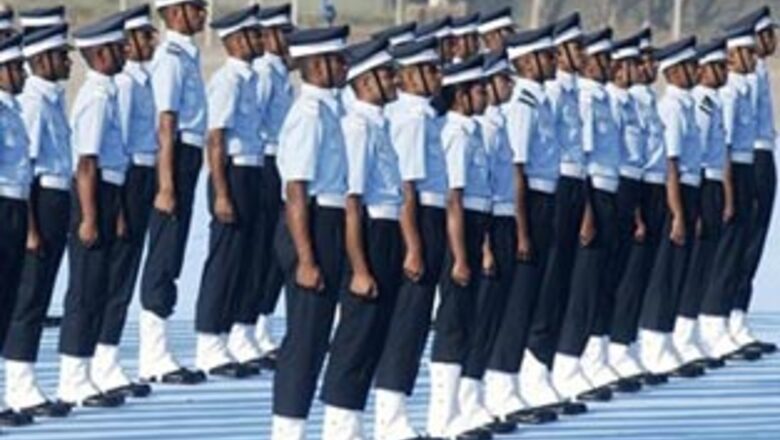
views
Tezpur (Assam): A squadron of the frontline combat aircraft Sukhoi 30- MKI would become operational in India's sensitive Northeast next week, a strategic decision to move advanced assets close to the Chinese border, defence officials said on Tuesday.
A defence spokesperson said four multi-role strike fighter jets would land June 15 at the Indian Air Force (IAF) base in Tezpur, about 185 km north of Assam's main city of Guwahati.
"Four Sukhoi 30 MKI fighter jets would land first and soon it would be a full squadron comprising of 18 aircraft," defence spokesperson Colonel R Kalia said.
Capable of carrying nuclear weapons and tailor-made for Indian specifications, Su-30 MKI is a variant of the Sukhoi Su-30 jointly-developed by Russia's Sukhoi Corporation and India's Hindustan Aeronautics Ltd for the IAF.
"There are more plans to improve infrastructure in the northeastern region, including developing four or five airfields and advanced landing grounds, besides putting our best assets in the region," a senior IAF official said.
The decision to set up a squadron of the most potent fighter jet in service with the IAF follows repeated allegations of Chinese incursions in the northeastern state of Arunachal Pradesh in the last few years.
The IAF base at Tezpur is within striking distance from the Chinese border along Arunachal Pradesh.
According to Union Home Ministry reports, there were about 270 violations by China on India's western, middle and eastern sectors in 2008, while there were 60 such incidents reported so far in 2009.
In 2003, Beijing had given up its territorial claim over the Indian state Sikkim, it was still holding on to its age old stand that a vast stretch of Arunachal Pradesh belongs to them.
The mountainous state of Arunachal Pradesh shares a 1,030-km (650-mile) unfenced border with China.
The India-China border along Arunachal Pradesh is marked by the McMahon Line, an imaginary border which is now known as the Line of Actual Control.
India and China fought a bitter border war in 1962, with Chinese troops advancing deep into Arunachal Pradesh and inflicting heavy casualties on Indian troops.
The border dispute with China was inherited by India from British colonial rulers, who hosted a 1914 conference with the Tibetan and Chinese governments that set the border in what is now Arunachal Pradesh.
China has never recognised the 1914 boundary, known as the McMahon Line, and claims 90,000 sq km (34,750 square miles) which is nearly entire Arunachal Pradesh. India also accuses China of occupying 8,000 sq km (3,088 square miles) in Kashmir.
"Setting up of advanced air bases and plans to increase military strength in the region is to meet future national security challenges," an army commander based at the Four Corps Headquarters at Tezpur said on customary conditions of anonymity.
















Comments
0 comment